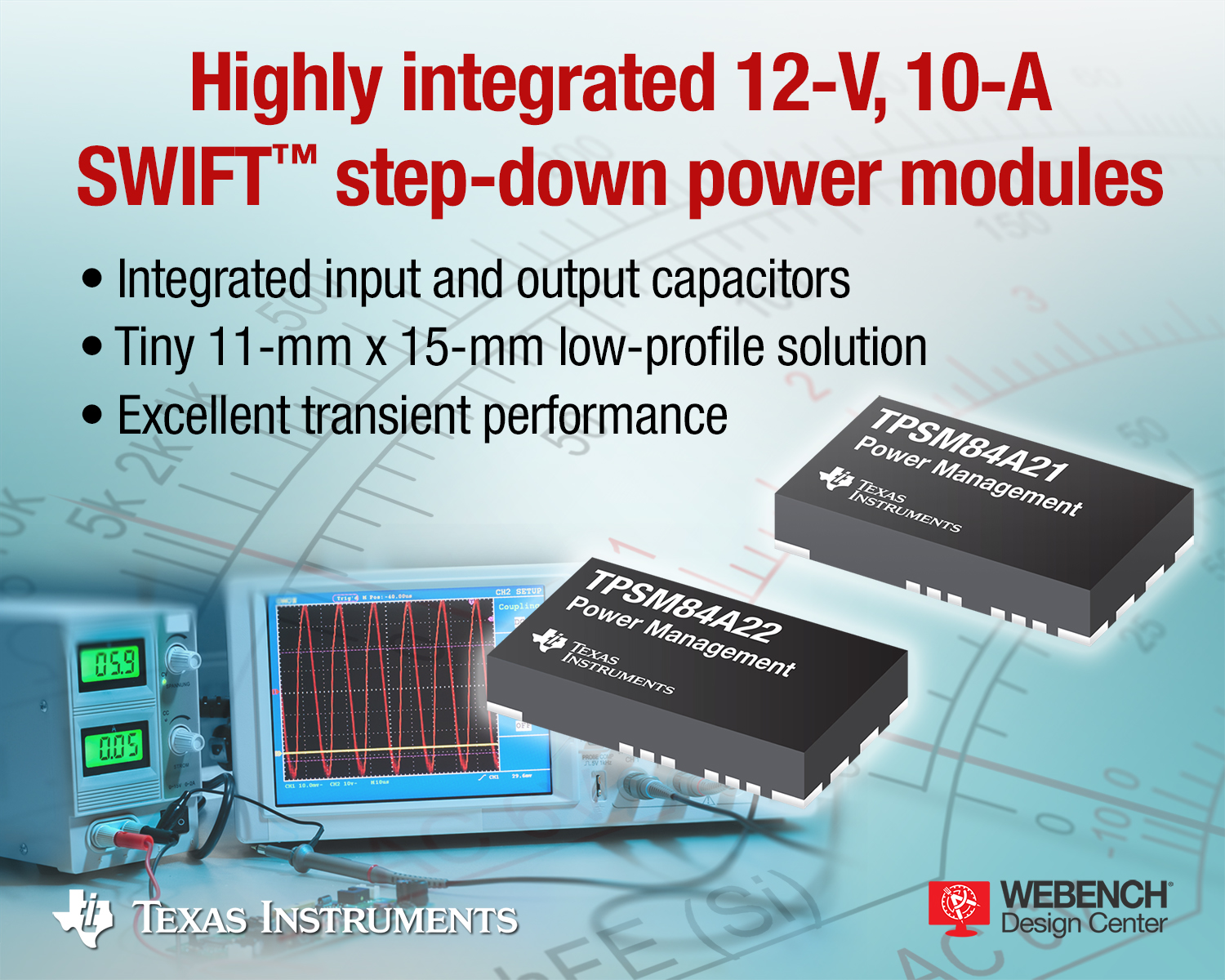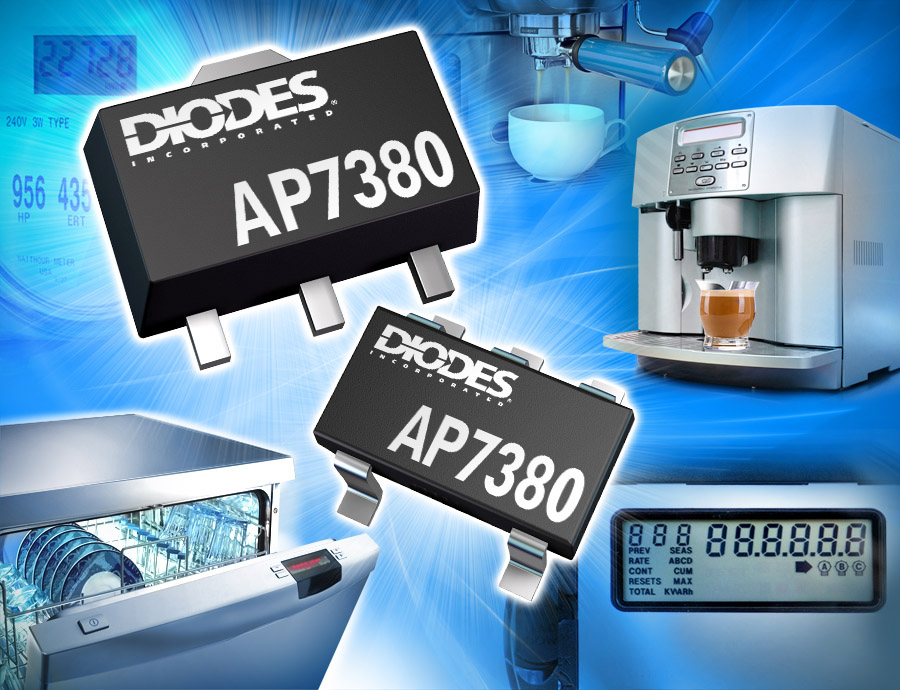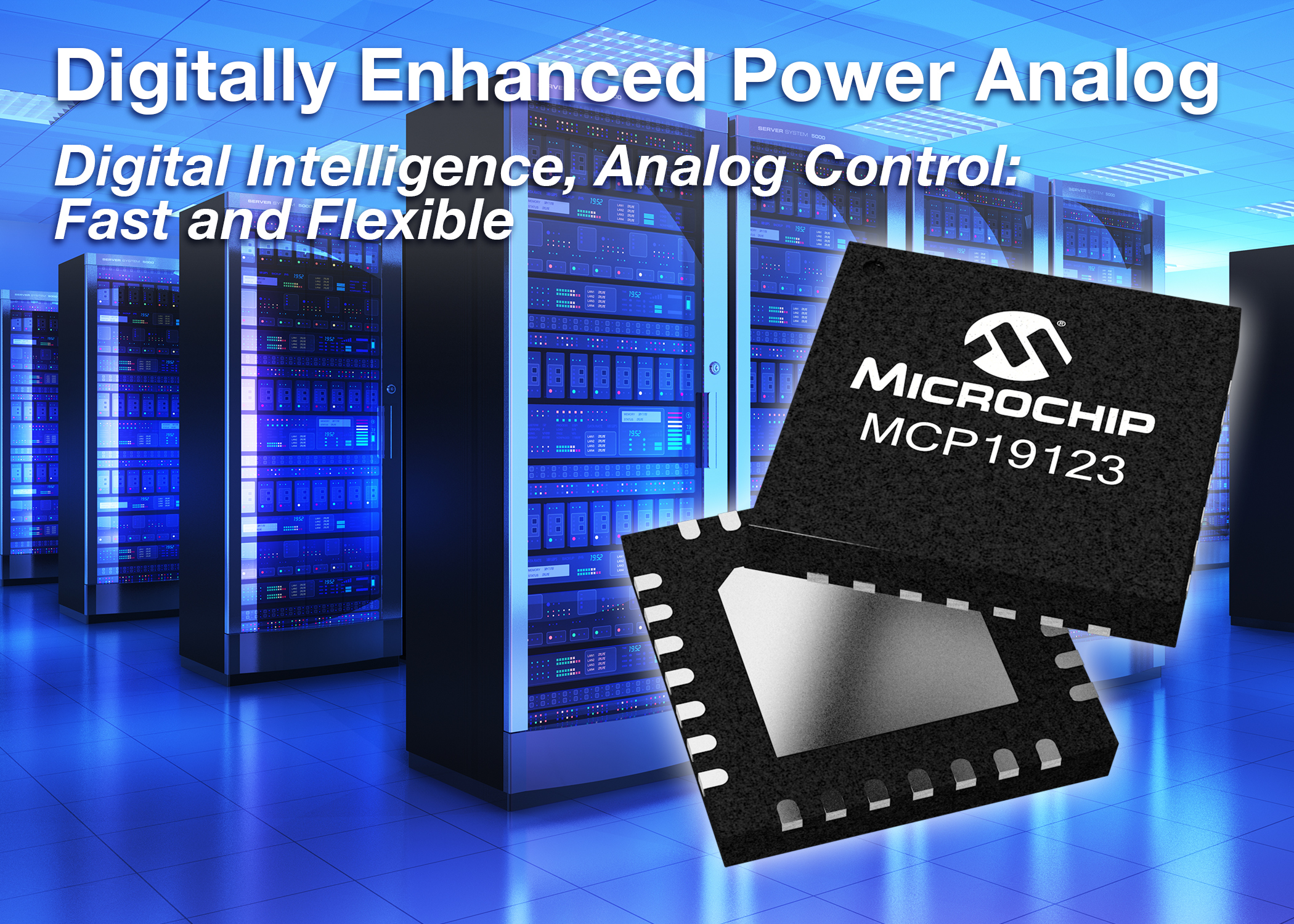By Paul O'Shea, Senior Technical Editor
Digital power management multichannel ICs are a vital part of electronic devices that provide power management to internal electronic parts. The global digital power management multichannel IC market is poised to witness significant growth during the forecast period. In 2015, Asia-Pacific dominated the market and contributed more than 41% of the overall market revenue, followed by North America. The presence of key market players in the U.S. and Asia-Pacific, rapid industrialization in manufacturing sectors, and an increase in demand for high-performance devices have fueled the growth of the digital power management multichannel IC market. The major driver of the market is the range of applications and features provided by multichannel PMICs to improve device performance. However, complexity with integration of ICs for a wide range of applications will be one of the key restraints of the market.
According to the Digital Power Management Multichannel IC Market, from Allied Market Research, the voltage regulators segment dominated the market, accounting for about 27% of the overall market share, owing to their increase in requirement for various functions such as step-up, step-down, and voltage inverting. However, the battery management IC segment is expected to register a CAGR of 16.4% and is projected to demonstrate significant growth during the forecast period due to increased demand for small and low-cost products with a long battery life. Moreover, effective battery management has become increasingly important as portable applications extend into more industries.
The growth in the PMIC industry is significant and becoming very important for some manufacturers to have a specifically designed chip for some of their needs, not just an off-the-shelf version. For example, there is talk that Apple is considering designing its own PMIC for the iPhone, according to a research note from Bloomberg. While not everyone agrees with this observation, the reasons for bringing PMIC designs in-house are probably many, but it comes down to getting exactly what you want in order to decrease power consumption and, in this case, to bring control to the home base and maybe even prevent information about future designs from leaking to competitors.
One of the reasons for continued development of PMICs is the need for controlling power for the “always-on” technology that is proliferating. Powering these complex products needs sophisticated PMICs that can meet the demands of system-on-chip (SoC) devices. The PMICs need to supply the high currents required by the SoC’s multiple processing cores. They typically have multiple PMICs that communicate with a system-level PMIC, much like a master/slave configuration. These chips can handle load currents up to 12 A and target the latest generation of automotive technology. They can be reconfigured with software to meet various automotive configurations. For example, cameras placed around the car need to communicate with each other via the SoC and report on power consumption via multiple rails and the state of health of each device. And automotive is just one of the many power-hungry applications that needs more refined control for multiple railed devices.
Here are some recently introduced PMICs:

The Linear Technology/Analog Devices LT8645S is an 8-A, 65-V input-capable synchronous step-down switching regulator. It features the Silent Switcher 2 architecture and uses two internal input capacitors, as well as internal BST and INTVCC capacitors, to minimize the area of the hot loops. Combined with controlled switching edges and internal construction with an integral ground plane and the use of copper pillars in lieu of bond wires, the step-down regulator reduces EMI/EMC emissions. The improved EMI/EMC performance is not sensitive to board layout, simplifies design, and reduces risk even when using two-layer PC boards. The LT8645S can pass the automotive CISPR25, Class 5 peak EMI limits with a 2-MHz switching frequency over its entire load range. Spread-spectrum frequency modulation is also available to lower EMI/EMC levels further.

The SWIFT TPSM84A21 and TPSM84A22 DC/DC modules from Texas Instruments integrate power MOSFETs, shielded inductors, input and output capacitors, and passives into a 2.3-mm-high package. The solution is offered in a 9 x 15-mm module with a single external voltage-setting resistor that makes up a complete solution footprint of 11 x 15 mm. In addition, it provides 1% overshoot in transient conditions without special magnetics or additional capacitors.

A pair of highly integrated PMICs from Intersil enables the industry's first credit-card-sized motherboards for high-end ultrabook and tablet computers powered by two-cell Li-ion batteries. The single-chip ISL95908 PMIC delivers eight voltage rails optimized to support subsystem peripheral power requirements for new Intel IMVP8 platforms, and the single-chip ISL95906 provides eight power rails for VR12.6-compliant systems. The devices measure 5.5 x 5.5 mm, enabling PC motherboards that are 75% smaller than previously possible using discrete switchers, inductors, and capacitors.

The Diodes AP7380 series of ultra-low-dropout regulators operates from 24-V input voltage range and offers various fixed output voltage options to address common system requirements. These features, combined with high accuracy and an ultra-low quiescent current, make this device well-suited for use in various USB power, portable equipment, consumer, instrumentation, and metering applications. The dropout regulators offer a 3.5- to 24-V input voltage range that enables operation from standard 5-, 9-, and 12-V system power rails with sufficient overhead to cope with supply transients. Regulated output voltage variants at 3.0, 3.3, 4.15, 4.4, and 5.0 V are offered, supporting common point-of-load requirements.

The Microchip MCP19122/3 Digitally Enhanced Power Analog (DEPA) buck controller suits DC/DC power conversion. The single-chip solution controls DC/DC converters and is capable of accepting a high-voltage input (up to 42 V) while regulating an output voltage range from 0.3 to 16 V without any external components or drivers.
The internal PIC microcontroller in the MCP19122/3 dynamically adjusts the operating frequency, over- and undervoltage lockout thresholds, current limits, soft-start, voltage or current output setpoints, and maximum duty cycle. The device dynamically adjusts the voltage output to meet USB PD requirements while also adjusting the output overvoltage lockout to maintain tight protection limits corresponding to each output voltage level.
Advertisement





